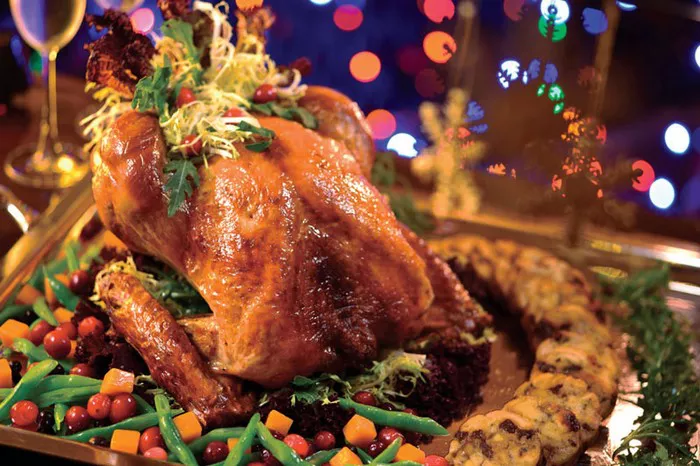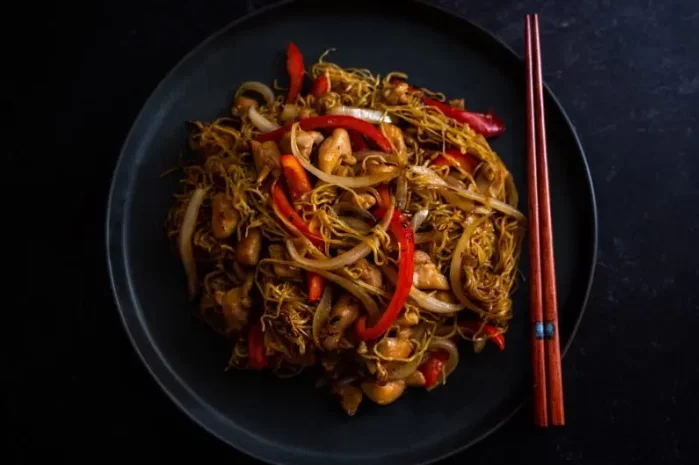American cuisine is as diverse as its people, reflecting a blend of cultures, traditions, and histories. While the United States does not have a single, uniform culinary identity, it has developed unique dishes and cooking styles that are recognized as distinctly American. Understanding authentic American food means exploring regional specialties, indigenous influences, and immigrant contributions that have shaped its culinary landscape.
Indigenous Roots of American Food
Before European settlers arrived, Native Americans had a rich culinary tradition. Indigenous peoples relied on local ingredients and sustainable practices to create dishes that remain part of American cuisine today. Some of their contributions include:
Corn: Known as maize, corn was a staple crop for Native Americans. It is the base for dishes like cornbread, grits, and hominy.
Beans and Squash: Often grown alongside corn in the “Three Sisters” farming method, beans and squash were vital ingredients in Native diets.
Maple Syrup: Native Americans discovered how to harvest sap from maple trees and reduce it into syrup, which remains a popular sweetener.
Game and Fish: Venison, bison, and fish such as salmon were central to indigenous diets.
These ingredients continue to influence American dishes, particularly in regions with strong Native American ties.
Colonial Influences on American Cuisine
When Europeans arrived, they brought their own culinary traditions and adapted them to the ingredients available in the New World. Some early contributions included:
Breads and Baked Goods: English settlers introduced baking techniques, leading to classics like pies and biscuits.
Meat Preservation: Techniques like smoking and curing were essential for survival and became integral to American cuisine, especially in the South.
Alcoholic Beverages: Colonists brewed beer, cider, and distilled spirits using local fruits and grains.
The blending of Native and European foods laid the foundation for many iconic American dishes.
Regional Cuisines in America
America’s vast geography has led to distinct regional cuisines, each with its own flavors and traditions.
Southern Cuisine
The South is known for its comfort food, which combines African, European, and Native American influences. Key dishes include:
Fried Chicken: Crispy, seasoned chicken is a hallmark of Southern cooking.
Barbecue: Slow-cooked meats, often with a tangy or sweet sauce, are a staple.
Collard Greens and Black-Eyed Peas: These vegetables and legumes are seasoned with pork and spices for a hearty side dish.
Biscuits and Gravy: Fluffy biscuits smothered in creamy sausage gravy are a breakfast favorite.
New England Cuisine
New England’s food reflects its colonial roots and proximity to the Atlantic Ocean. Popular dishes include:
Clam Chowder: A creamy soup made with clams, potatoes, and onions.
Lobster Rolls: Fresh lobster meat served in a buttered roll.
Maple Candy: Sweets made from pure maple syrup.
Midwestern Cuisine
The Midwest is often called the “breadbasket” of America due to its agricultural output. Signature foods include:
Deep-Dish Pizza: Originating in Chicago, this pizza has a thick, buttery crust.
Cornbread: A staple side dish, often served with chili or barbecue.
Casseroles: Hearty, baked dishes made with a variety of ingredients like meat, pasta, and cheese.
Southwestern Cuisine
The Southwest blends Native American, Mexican, and Spanish flavors. Key dishes include:
Chili con Carne: Spicy stew made with beef, beans, and chili peppers.
Tacos: Soft or crispy tortillas filled with seasoned meat, vegetables, and cheese.
Salsa and Guacamole: Fresh, flavorful dips made with tomatoes, chilies, and avocados.
West Coast Cuisine
The West Coast emphasizes fresh, seasonal ingredients. Popular foods include:
Sourdough Bread: A San Francisco specialty with a tangy flavor.
Avocado Toast: Toasted bread topped with mashed avocados, often with additional toppings.
Seafood: Salmon, crab, and other Pacific fish are commonly featured.
Iconic American Dishes
Some dishes transcend regional boundaries and are recognized as quintessentially American. These include:
Burgers and Fries: A classic pairing that epitomizes fast food culture.
Hot Dogs: Popular at ballgames and barbecues, hot dogs are a symbol of American casual dining.
Apple Pie: Known as “as American as apple pie,” this dessert is a symbol of tradition and home cooking.
Macaroni and Cheese: A creamy, cheesy pasta dish beloved by kids and adults alike.
The Influence of Immigrant Communities
American food has been shaped by waves of immigration, each bringing unique flavors and techniques.
Italian-American Cuisine: Dishes like spaghetti and meatballs, pizza, and lasagna have become staples.
Chinese-American Cuisine: Foods like General Tso’s chicken and chow mein are American adaptations of Chinese cooking.
Mexican-American Cuisine: Tacos, burritos, and enchiladas have been embraced nationwide.
German Contributions: Pretzels, sausages, and beer are part of the American food scene thanks to German immigrants.
Fast Food: A Modern American Icon
Fast food is a significant aspect of American culinary culture. Chains like McDonald’s, Burger King, and KFC have popularized quick, affordable meals globally. While fast food has critics due to health concerns, it remains a defining element of American food.
Seasonal and Holiday Foods
Certain dishes are associated with American holidays and seasons:
Thanksgiving: Roast turkey, stuffing, cranberry sauce, and pumpkin pie are Thanksgiving staples.
Fourth of July: Barbecues, hot dogs, and watermelon are popular for Independence Day celebrations.
Christmas: Regional variations abound, but ham, roast beef, and cookies are common.
Modern Trends in American Food
Today, American cuisine continues to evolve, influenced by health trends, global flavors, and sustainability:
Farm-to-Table: Emphasizing fresh, locally sourced ingredients.
Fusion Cuisine: Combining elements from different culinary traditions, such as Korean tacos.
Plant-Based Eating: Vegan and vegetarian dishes are gaining popularity.
Conclusion
Authentic American food is a tapestry of flavors, reflecting the country’s history, diversity, and innovation. From indigenous traditions to immigrant influences, each dish tells a story of resilience and creativity. Whether it’s a regional specialty or a nationwide favorite, American cuisine celebrates the melting pot of cultures that define the nation.
Related topics:























